6 Reasons Why Mold Inspections Are Crucial After Water Damage
Water damage is a common but often underestimated problem in homes and commercial properties. From small leaks under sinks to major flooding events, water can seep into areas that go unnoticed for days or weeks. This hidden moisture creates an ideal environment for mold growth, which can spread quickly and silently. Many homeowners focus on visible damage such as water-stained walls or warped flooring but fail to consider the long-term effects of mold, which can compromise health, property, and finances. Conducting professional mold inspection services is a crucial step to detect mold early, prevent escalation, and protect both the people living in the space and the property itself. By understanding the risks and taking action promptly, property owners can avoid expensive remediation and ensure a safe, healthy environment.
1. Protects Your Health from Harmful Exposure
Mold exposure can lead to a range of health problems that vary depending on the type of mold, the level of exposure, and individual susceptibility. Inhaling mold spores can trigger respiratory issues like coughing, wheezing, and shortness of breath. Those with asthma, allergies, or chronic respiratory conditions are particularly vulnerable. Even otherwise healthy individuals can experience symptoms such as nasal congestion, itchy eyes, skin rashes, and fatigue.
Certain types of mold produce mycotoxins that can result in toxic mold syndrome, causing headaches, neurological issues, and persistent tiredness. Children, the elderly, and people with weakened immune systems face heightened risks. For instance, toddlers exposed to mold in humid basements may develop chronic coughing or asthma flare-ups, while older adults may experience respiratory infections that linger longer than usual. Timely mold inspection services help identify contaminated areas before symptoms worsen, allowing property owners to protect residents and maintain a healthier living environment.
Long-term exposure to mold can also weaken the immune system, increasing susceptibility to colds, flu, and other infections. Early identification through professional inspections mitigates these risks and prevents prolonged exposure, safeguarding both health and quality of life.
2. Prevents Structural Damage to Your Property
Mold doesn’t just threaten health—it can severely compromise a building’s structure. Wooden beams, floor joists, and flooring are highly susceptible to mold-induced decay, which over time can weaken support systems and create safety hazards. For example, a mold-infested basement may develop sagging floors or warped door frames, and ceilings may show signs of bowing if moisture and mold remain untreated.
Drywall, insulation, and even furniture can also suffer. Mold spreads behind walls and into insulation, reducing its effectiveness and creating hidden structural risks. HVAC systems are another concern; mold in air ducts can circulate spores throughout the building, affecting air quality and leading to damage in heating and cooling equipment.
Early mold inspection services allow property owners to detect compromised areas before damage becomes extensive. Addressing mold promptly ensures that structural repairs are manageable and cost-effective, maintaining the building’s safety and integrity. By acting early, property owners prevent issues like floor sagging, wall collapse, or even costly replacements of major systems.
3. Saves You Money on Costly Repairs
Ignoring mold inspections can result in significant financial setbacks. Properties with mold are harder to sell, as buyers often view mold contamination as a serious liability. Even minor mold issues can reduce resale value, while larger infestations may require costly remediation, including removing drywall, flooring, or cabinetry.
Proactive mold inspection services help minimize these expenses by identifying problem areas early, reducing the need for full-scale renovations. Inspections can also influence insurance coverage: some policies classify mold damage as preventable, potentially leading to higher premiums if the mold is not addressed promptly. Additionally, legal liability is a concern—tenants or buyers who develop health problems due to mold may seek compensation, resulting in lawsuits and added financial burden.
By investing in mold inspection services, property owners protect both their financial and legal interests. The preventive approach ensures property value is maintained, remediation costs are manageable, and insurance complications are minimized. In the long term, inspections safeguard both your investment and the occupants’ well-being.
4. Stops Mold Before It Spreads
Mold growth is directly tied to moisture. Water damage, whether from floods, leaks, or plumbing failures, introduces the perfect environment for mold to thrive. Even minor dampness, such as condensation behind walls or under flooring, can allow spores to take hold and multiply. According to Fixr, mold colonies can begin to form when indoor humidity exceeds 45%, demonstrating how even modest moisture levels can quickly become a problem.
Mold can start growing within 24 to 48 hours of water exposure, emphasizing the need for immediate mold inspection services. Hidden moisture is particularly dangerous, as it can seep into spaces that are not visible to the naked eye—behind walls, under carpets, inside HVAC ducts, or in crawl spaces. Professional inspections detect these concealed issues, preventing mold from spreading silently and minimizing the risk of structural or health problems.
Understanding how mold develops also helps property owners take preventive measures. Proper ventilation, moisture monitoring, and routine inspections can significantly reduce the likelihood of mold taking hold in vulnerable areas. This proactive approach is essential in homes and commercial properties, where unseen damage can escalate quickly.
5. Ensures Accurate and Comprehensive Detection
Professional mold inspections provide a thorough and systematic assessment of a property, ensuring no area is overlooked. Inspectors combine visual inspections with specialized tools to detect both visible and hidden mold. Moisture meters can identify damp areas behind walls or beneath flooring, while thermal imaging cameras reveal temperature and moisture patterns that indicate potential mold growth. Air sampling tests detect spores circulating in the environment, giving a complete picture of contamination.
After the inspection, property owners receive a detailed report outlining affected areas, severity, and recommended remediation steps. This guidance is critical for deciding whether DIY removal is sufficient or if professional remediation is necessary. Engaging mold inspection services provides peace of mind, ensuring that all threats are identified and addressed before they escalate. Regular inspections create a proactive maintenance routine that maintains a property’s health over time, preventing costly and disruptive mold outbreaks.
6. Guides Effective Remediation and Prevention
Following a mold inspection, property owners can take informed action based on the findings. The inspection report highlights areas requiring immediate attention, areas suitable for monitoring, and recommended remediation methods. Minor mold infestations may be addressed with DIY treatments, but widespread or toxic mold typically requires professional intervention. Balancing cost and thoroughness ensures effective remediation without unnecessary expense.
Prevention is equally important post-remediation. Simple steps, such as maintaining proper ventilation, repairing leaks promptly, controlling humidity, and scheduling routine mold inspection services, help prevent recurrence. Property owners should also educate occupants about mold risks and preventive strategies. For example, routinely checking hidden areas like under sinks or behind appliances for moisture can prevent mold from establishing itself again. Implementing a consistent preventive routine ensures long-term protection, keeping both the building and its occupants safe.
Mold inspections are a critical part of property management following water damage. They safeguard health, prevent structural deterioration, and help property owners avoid financial loss. Professional mold inspection services allow for early detection, accurate assessment, and effective remediation, reducing the risk of ongoing problems and costly repairs. By acting proactively, property owners ensure a safe, healthy, and durable living environment. Protect your property today by contacting LRC Indoor Testing & Research for professional mold inspection services and expert guidance, and take the first step toward long-term protection.

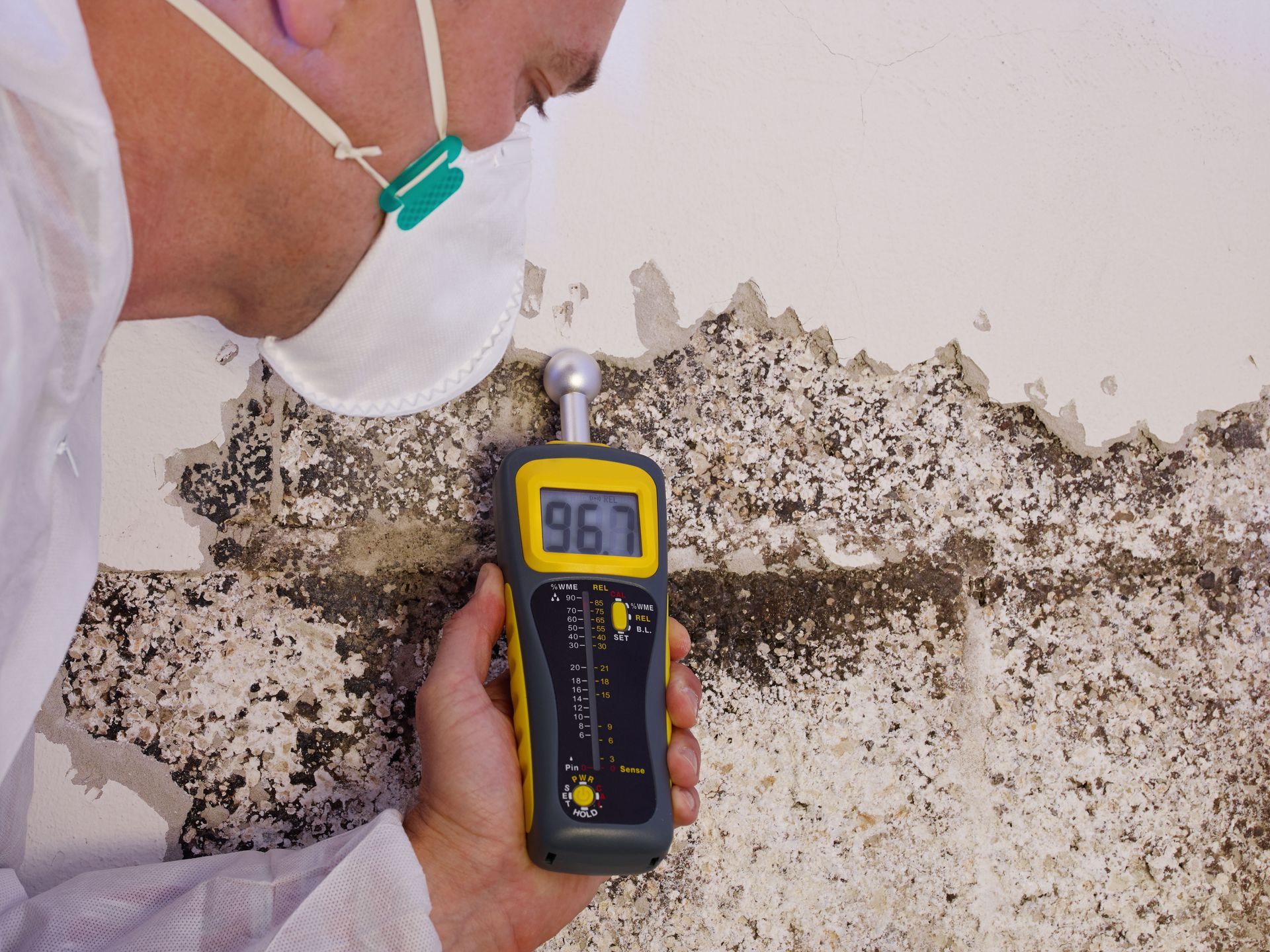
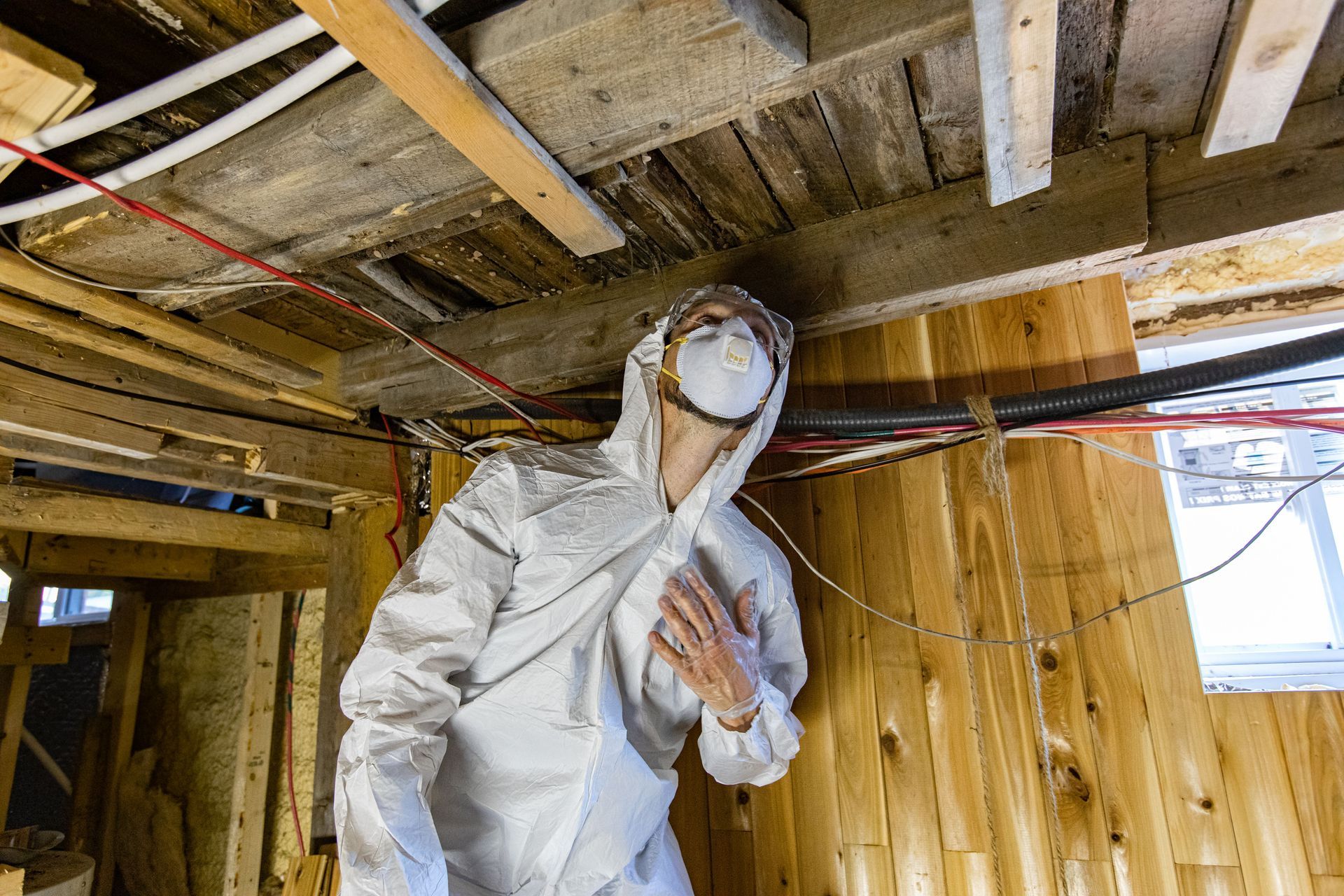
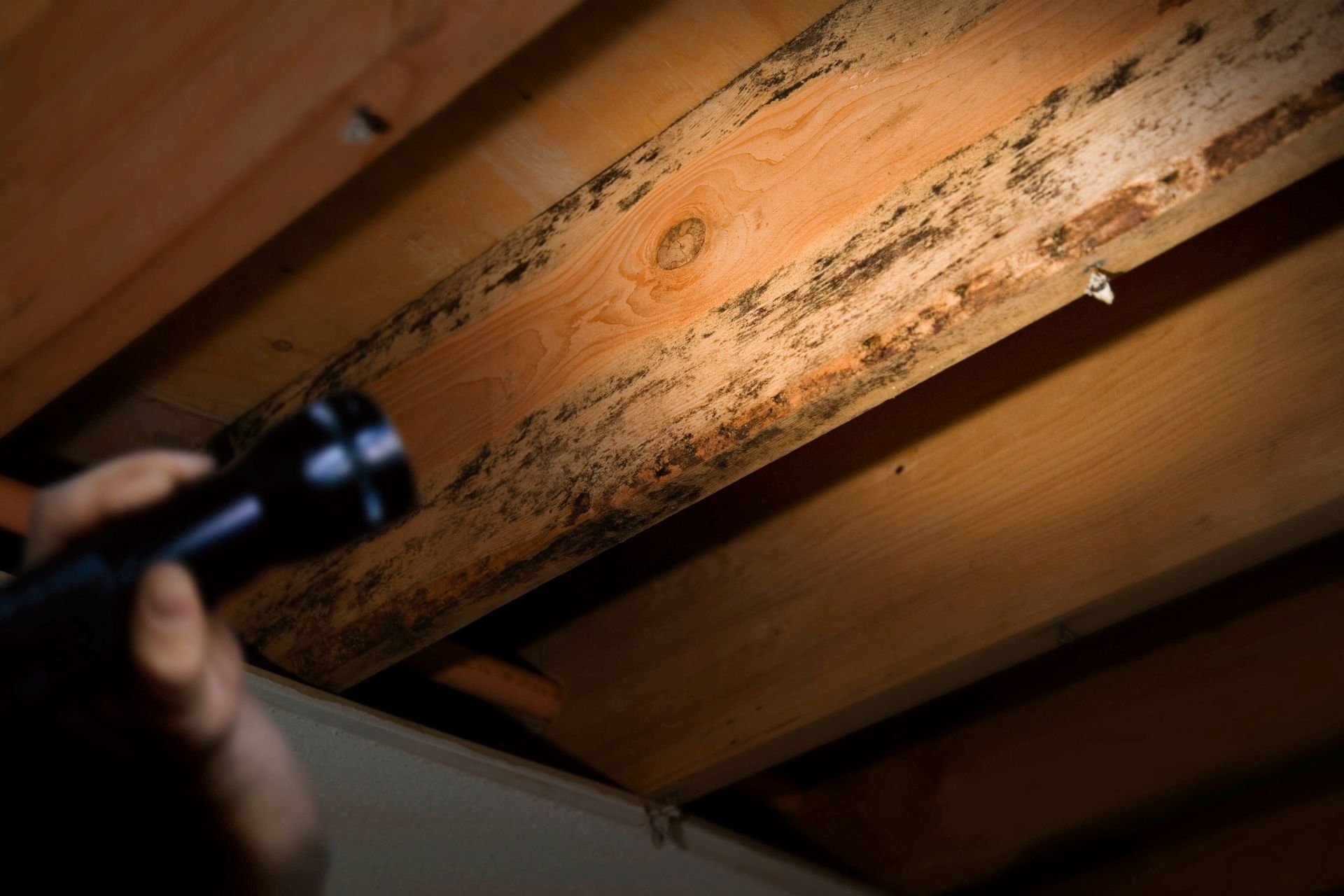
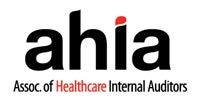
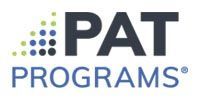
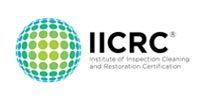
Share On: